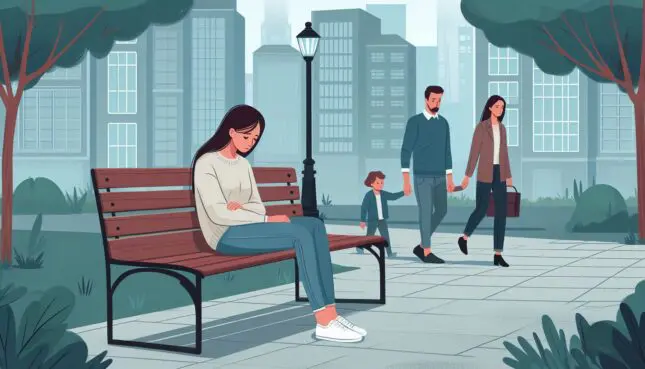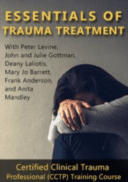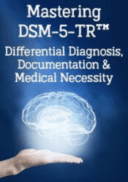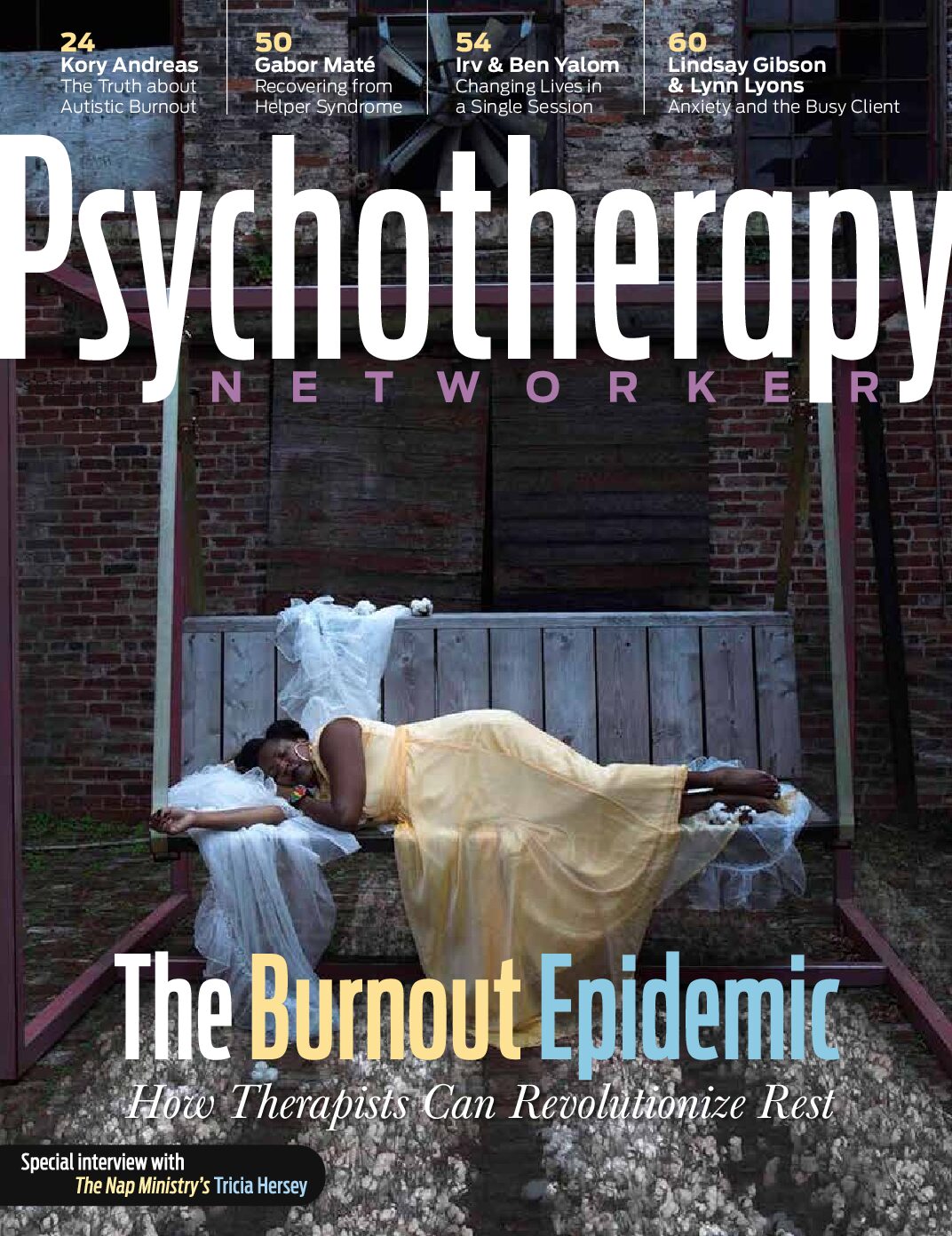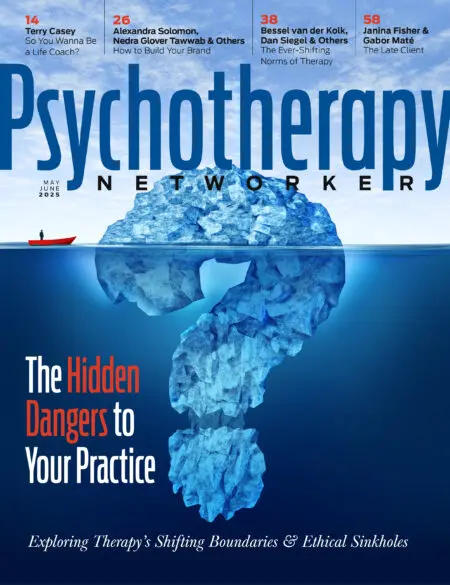She had that same dream as always. She was chasing the blue car as it drove away, calling out for her mother, but could never catch it. —Asha Lemmie, Fifty Words for Rain
Natalie was twelve when she found the courage to tell her mother that she was being sexually abused by her stepfather. Instead of receiving support and love, she was challenged, ridiculed, and shamed. Her mother refused to believe her, instead telling her to “stop that nonsense.”
Natalie stayed silent about her experience for another three years before sharing what had happened with a teacher. Then the teacher called Natalie’s home and shared the information with her mother.
When Natalie returned from school, her mother was waiting and furious. She accused Natalie of trying to “break up” her marriage.
“It was the late sixties,” Natalie shared, as if in explanation. She sank deeper into the couch in my office. “We didn’t have the resources we have now. People didn’t want to get involved in other people’s families. I never expected that teacher would call, but I guess she did.”
Her mother had already been divorced once, “and she was lucky to remarry as a single mom,” Natalie commented—having already learned to make excuses for her trauma.
Natalie ended up leaving home at sixteen and was married a year later.
Decades later, she still lives with the effects of her experience, and her relationship with her mother was never repaired. Her mother had abandoned her in her time of need.
Natalie told me, “I thought I escaped all of this, but it keeps coming back to me. I think of all that I lost out on because my mother could not protect me—could not even believe me.” She began to cry. “My childhood, my youth, my safety—I lost all of that.”
She had finally sought therapy after the death of her husband pushed her into a well of grief. Although his death was expected, the sense of loss and abandonment triggered all of those feelings of being alone and abandoned.
Understanding Triggers During Your Healing Journey
Traumatized people chronically feel unsafe inside their bodies: The past is alive in the form of gnawing interior discomfort. —Bessel van der Kolk, The Body Keeps the Score
Many people may hear the words “triggered” or “trigger warning” and think of something that resurfaces a traumatic experience and the negative feelings that arise from it. This word crops up often on social media, sometimes inappropriately, adding to a somewhat negative stigma. But despite the way its popular use has somewhat diluted the intended meaning, “triggered” is actually a common mental health term. It refers to the activation of emotions, mental health symptoms, or other traumatic reactions by a stimulus or event. Triggers can lead to retraumatization. Let’s take a closer look, using Natalie as an example.
For most survivors, parental abandonment leaves wounds. They may feel mad at the parent who abandoned them, but the act of abandonment disallows the child the luxury of expressing such an emotion to the one who left them. When children hold themselves back from expressing their anger out of fear of losing their caregivers’ love and support, they are forced to redirect that anger and sadness inward. With no parent to direct their anger at, they may blame themselves in order to cope. This is why survivors of parental abandonment may be more sensitive to feelings of rejection and have difficulty trusting others or developing intimate relationships—triggers come up unexpectedly, remind us of this traumatic experience, and activate a traumatic response. Like Natalie, you may have gone for years thinking that, although your experience was difficult, perhaps you had moved past it. Then, much like Natalie, you may have had an experience such as the death of a loved one or a breakup or divorce that made you feel alone and brought up all of those feelings of abandonment again. This is one example of being triggered—even if unintentional or unintended, the experience brought up the negative feelings again for you.
Healing will be a different journey for each of us, but being triggered is a common element, and safely navigating your response when triggers come up is an important tool to develop on the healing journey. Sometimes triggers can happen out of the blue—hearing a familiar song playing at the grocery store, or hearing a voice that sounds like the parent who left. Triggers can be a scenario or scene, event, sight, sound, or even a specific time of year.
Some examples of common triggers include 1) seeing a family eating out at a restaurant, noticing the parents speaking kindly to their children and each other, or just being happy together, 2) messages from media during holidays that put emphasis on being with family, or images of people with both parents during holiday gatherings that reinforce what you do not have, 3) conversations with friends and family who may intend to offer well-meaning support but end up using victim-blaming language or language that might indicate doubt in the survivor’s description of their experience, 4) discussions that violate your emotional boundaries or put you in situations where you may be forced to defend yourself, such as a friend insisting that you should reach out to the parent who abandoned you, 5) seeing pictures of people with their parents or families on social media, reminding you of what you do not have, 6) looking at old pictures of you and the parent who abandoned you, reminding you either of good times or that the good times were rare, 7) seeing mutual family or friends post information about your parent who abandoned you, like information about a recent family gathering or holiday meal that they attended, 8) weddings, birthdays, graduations, or other family celebrations, 9) certain sounds or music: listening to certain genres or bands that remind you of a point in your life or of the person who left, and 10) specific food, as so much about culture and family is wrapped up in eating (a Fourth of July BBQ reminding you of when your dad used to grill for the family; eating homemade hummus or labneh reminding you of your mother’s cooking before she left, when she used to make food representing her family heritage).
For many survivors of parental abandonment, talking about the events behind their abandonment or why their parents are not in their lives any more can feel extremely stressful. Those who have not experienced parental abandonment will have a hard time understanding it, which means most of them will at some point offer hurtful questions or statements without realizing the impact of their words. When they show you pictures of their own families, or ask where a certain parent is during important events such as holidays, or urge you to “just call them—they’re your mother/father,” their well-meaning but still harmful statements can cause you to relive the negative emotions of your experience.
Someone’s seemingly simple query—“Why aren’t you going home for the holidays?”—can bring you right back to that feeling of being a child, alone, wondering why your parent has not come to see you. In this moment, the initial rush of feelings can often include the need to excuse or explain, as well as shame for being in such a position in the first place.
Some triggers are very personal and often specific to your experiences or background—seeing certain landmarks that you used to frequent as a family, or visiting an art gallery if your parent was an artist. There is no limit or criteria to the triggers that you might feel.
Whenever these triggering moments happen, try not to shame yourself. This is crucial. You are having a human reaction to a trauma you experienced that was neither your fault nor within your ability to prevent or stop. The key to managing triggers is not to ignore or even prevent them; it is knowing to expect them and empowering yourself with ways to respond when they happen.
Exercise: Coping with Triggers
Think back to the most recent time you felt triggered. It could have been while watching a movie about a parent abandoning a child, or even about a parent who loves their child. Maybe it was a familiar smell, like pine reminding you of winters during your childhood and cutting down the family Christmas tree. It’s okay if you can’t remember specifics. Often, forgetting specific events or feelings we experienced during stressful moments is our brain’s way of moving on. Have your journal handy as you go through this list. Be open to whatever comes up in your mind as you attempt to revisit that stressful moment. Follow the steps as you reexperience this feeling in practice for when these moments come up in real life:
1. Validate: Validating your feelings is a critical first step. No matter where you are, give yourself a moment of validation. This can be as simple as something like This is a triggering moment for me or It’s hard for me to see/hear that. If you are alone at home or in your car, it may help to say it out loud. If you are in a public place, speaking silently inside your head is fine.
2. Give yourself support: Keep it simple. Tell yourself You’re having a normal reaction, This is okay, or I didn’t deserve what happened to me. Go slowly for the next few minutes or hours until the feeling has passed.
3. Get curious: Ask yourself: What is this trigger trying to show me? For some, the answer may come immediately: It is hard for me to hear this song because my mom used to play it on the record player and it reminds me of happy times; or Watching a father walk his daughter down the aisle at her wedding is difficult for me, even when in a movie, because it reminds me of what I missed out on.
4. Figure out what you need to move forward: Validation is often enough for some people to move forward, but there is no right or wrong answer. Do you need to spend a couple of minutes in your office before going back out to work? Do you need to take a few minutes to look at cute kitten pictures or funny videos on social media? Allow yourself the time to do whatever you need to, to be able to move forward.
Triggers are a normal part of the healing process. So normal, in fact, that we should expect them. For each individual those triggers will be different, but the more we dig into our negative emotions and healthy ways to cope, the better prepared we can be to navigate them. Even those who have spent years working on their healing may find themselves triggered. Now, when you find yourself experiencing these or other triggers, you know to recognize these as triggers and do your best to use these steps when they happen. While the triggering events may not go away, over time we become more equipped to manage our way through them.
Remember that you have the tools to heal. Also remember that healing is not linear; it is much more like a wave that ebbs and flows. Learning to cope with negative feelings does not mean that those feelings will no longer affect you; rather, this means you have grown in your awareness and your ability to respond and are continuing on your journey to healing.
***
Excerpted from Healing from Parental Abandonment and Neglect: Move Beyond Insecure Attachment to Build Safety, Connection, and Trust with Yourself and Others, by Kaytee Gillis.
Kaytee Gillis
Kaytee Gillis, LCSW-BACS, is a psychotherapist, writer, and author with a passion for working with survivors of family trauma and IPV. Her work focuses on assisting survivors of psychological abuse, stalking, and other non-physical forms of domestic violence and family trauma. Her recent book, Invisible Bruises: How a Better Understanding of the Patterns of Domestic Violence Can Help Survivors Navigate the Legal System, sheds light on the ways that the legal system perpetuates the cycle of domestic violence by failing to recognize patterns that hold perpetrators accountable.

